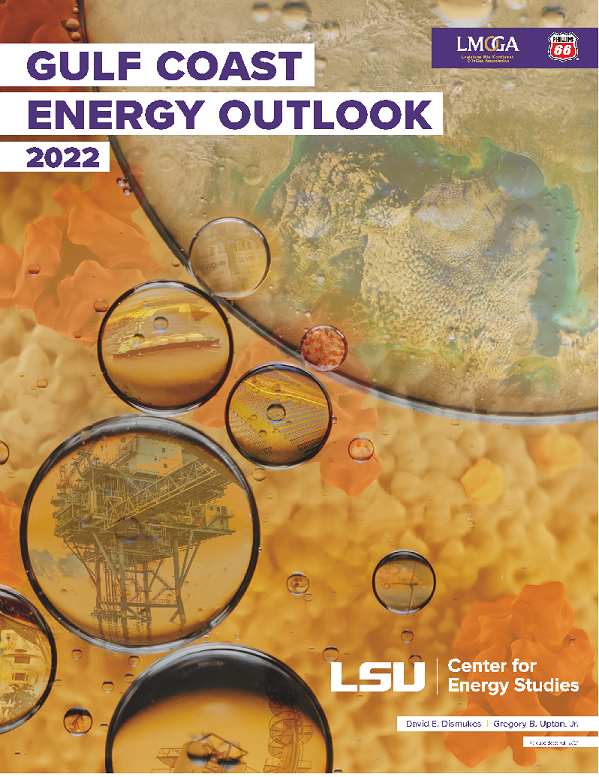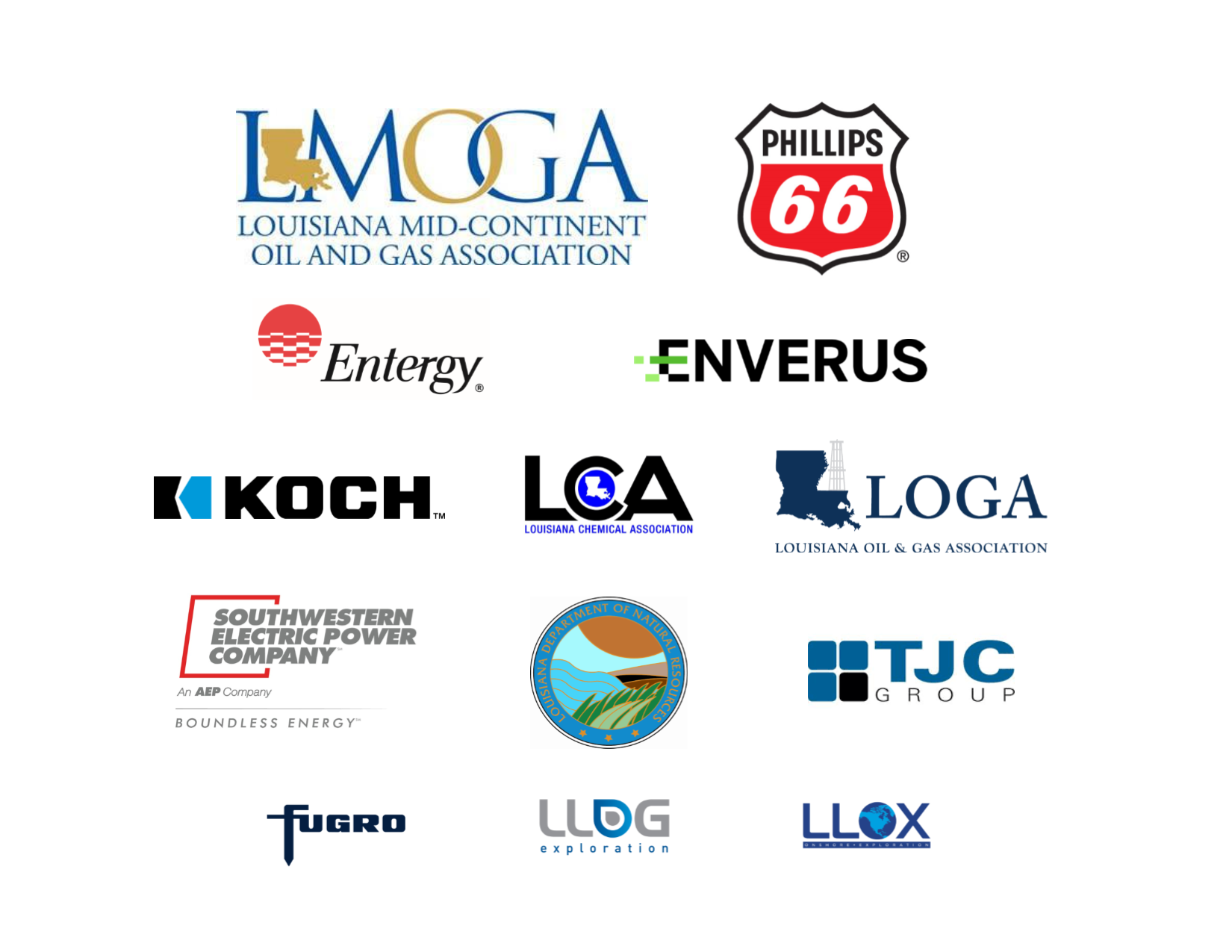Gulf Coast Energy Outlook 2022

On November 17, 2021, the LSU Center for Energy Studies released the 2022 edition of the Gulf Coast Energy Outlook (GCEO). As in previous years, this fifth edition of the GCEO provides a comprehensive overview of the Gulf Coast region’s energy industry outlook for the upcoming year. David E. Dismukes, executive director and professor, and Greg Upton, associate professor, LSU Center for Energy Studies, authored the report.
Last year’s GCEO addressed COVID-19-related uncertainties and how short-term recovery might evolve. The 2022 GCEO addresses several medium- to longer-term recovery issues, including whether temporary operational adjustments implemented by businesses will persist in a post-pandemic world. The report also considers the impacts of the 2020 and 2021 hurricane seasons.
Findings include
- U.S. crude oil production is currently below pre-pandemic levels, while natural gas supplies have exceeded pre-pandemic levels. Both oil and gas production are anticipated to increase in the future.
- Global crude oil demand growth, along with tight supplies and continued OPEC+ discipline, has put upward pressure on oil prices. Oil prices are anticipated to fall in coming years, converging to approximately $58 per barrel.
- While decarbonization initiatives may lead to near-term challenges for Gulf Coast industrial expansion, they also create opportunities for continued regional capital investment, as manufacturing industries develop products historically derived from fossil fuels with lower, or net zero, greenhouse gas emissions.
- Since 2013, U.S. and Gulf Coast power generation-related greenhouse gas emissions are down 20.7 percent and 15.8 percent, respectively, due in part to development of renewable energy and thermal efficiency gains by the region’s utilities.
- The 2022 GCEO identifies $155 billion in capital development potential through 2029, with liquefied natural gas (LNG) investments making up over 40 percent of this potential. The relative shift in potential capital investments away from chemical industry activities and toward LNG export facilities is expected to continue into the near future.
- Much like last year, long-run energy demand growth is expected to lead to increased U.S. energy exports, especially to the growing developing world.
- Texas and Louisiana are anticipated to reach new highs in refining and chemical manufacturing
employment over the forecast time horizon, which extends through the end of 2024.
Gulf Coast Energy Outlook 2022 Webinar Video
|
|
GCEO 2022 Sponsors
